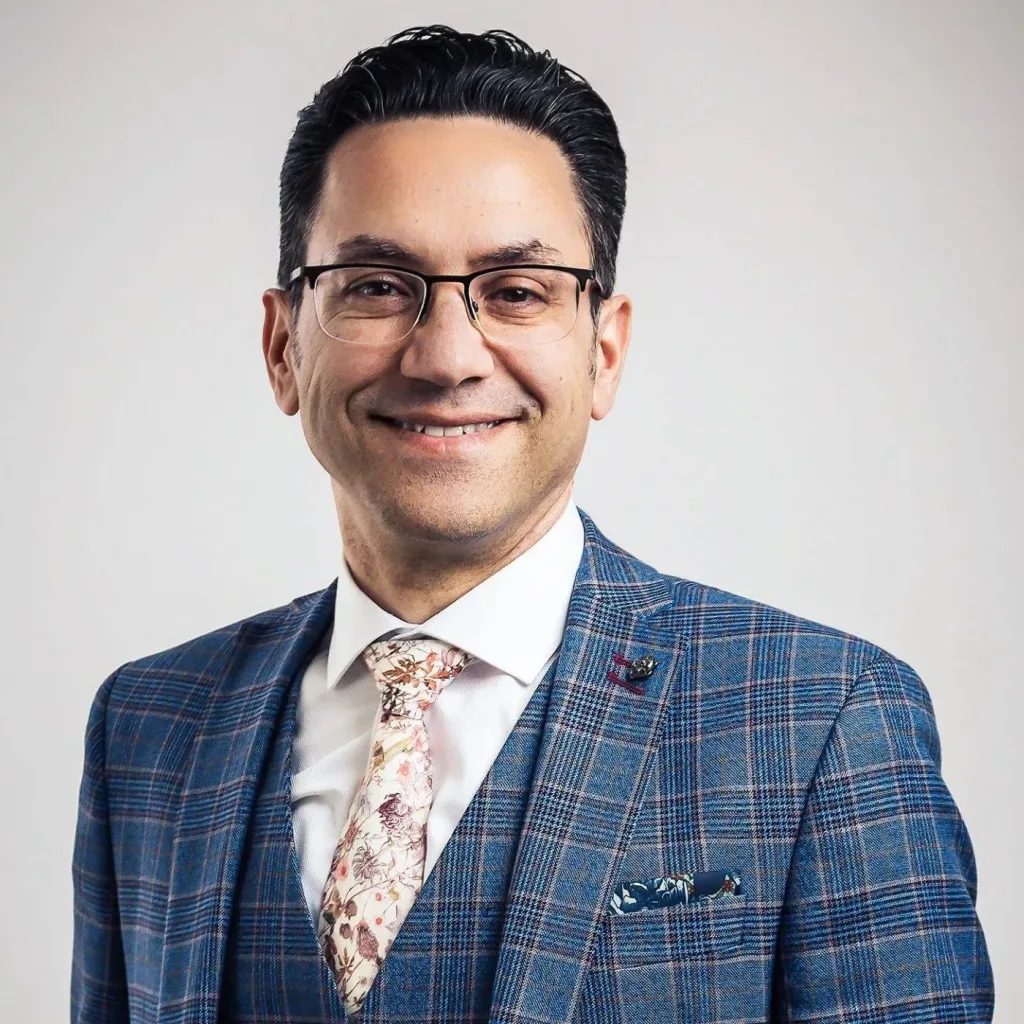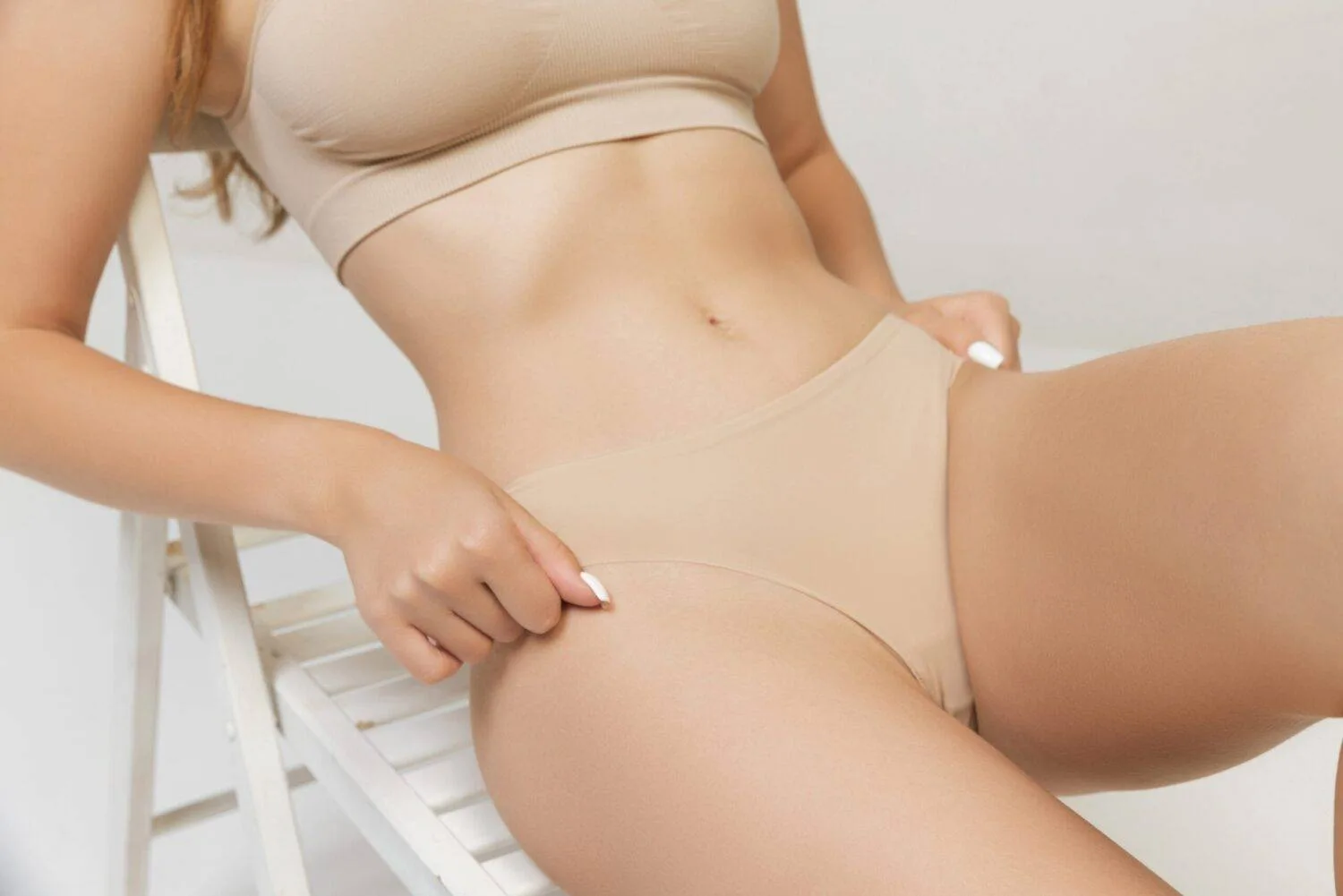Patients who are considering a tummy tuck want to know more about what to expect during recovery from surgery.
Along with our tummy tuck survival guide, we have compiled this recovery timeline so that you have all the information you need to make an informed decision about your procedure.
Contact us today to book a consultation with our senior body contouring surgeon, Dr. Omar Tillo, and get on track to a flatter, toned tummy.
What to Expect After a Tummy Tuck
Aftercare
After your tummy tuck, your surgeon will provide you with detailed aftercare instructions,
including information on how to manage any drains and dressings.
Your surgeon will also book you in for several follow-up appointments to monitor your progress and ensure that your body is healing as expected. At the CREO Clinic, you can expect at least three aftercare appointments: one week, six weeks, and six months after your tummy tuck.
Rest & Recovery
You will need to give your body ample time to recuperate and heal after your tummy tuck. In general, patients are usually able to resume most light, daily activities 1-2 weeks after their tummy tuck, including a return to work.
However, patients must wait to begin light exercising after tummy tuck for at least 3-4 weeks and should avoid more strenuous activity until they are fully recovered, which can take up to 12 weeks.
Pain & Discomfort
Like any surgical procedure, we understand that patients may have concerns regarding how painful a tummy tuck is. That’s why our surgeons are experts in pain management and will ensure you have the most comfortable recovery possible.
During surgery, you will be under general anaesthetic (asleep) or local anaesthetic (numbing the abdomen) with sedation. As a result, you won’t feel any pain during surgery. You may experience side effects such as soreness, bruising, and swelling after your tummy tuck. You will be provided with any necessary prescriptions for pain relief and will be advised on how best to manage these side effects before heading home.
Abdominal Pressure Garment
For the first six weeks after your tummy tuck, you will have to wear a compression garment around your abdomen. This will help to reduce post-surgical swelling and support the skin to prevent sagging and provide additional comfort.
Day 1 After Tummy Tuck
On the first day after surgery, you may experience bruising, soreness, and swelling around the abdomen. Surgeons may use drains remove excess fluid from the surgical site. You will be shown how to empty and maintain any drains before going home.
To manage discomfort at this stage, you may be provided with short-term prescription pain medication. Your surgeon will provide you with important information on how to take this medication correctly.
Alternatively, you may find it possible to manage pain with over-the-counter medications like ibuprofen and by applying a cool compress to soothe the area.
Week 1 After Tummy Tuck
During the first week after your tummy tuck, side effects should gradually dissipate, including any discomfort you may be experiencing.
You can expect to have a follow-up appointment a week after your tummy tuck, where your surgeon will remove any drains. However, you must continue to wear your compression garment to reduce swelling.
In addition, you can reduce swelling further by having a lymphatic drainage massage to help move excess fluid, starting in the first week after your tummy tuck.
You will also be advised to get mobile as soon as possible to promote circulation and healing. You should start slowly and go at a pace that feels right to you and your body.
Week 2 After Tummy Tuck
Most patients are able to return to light, daily activities, including work, 1-2 weeks after their tummy tuck. Patients are advised to avoid any unnecessary strain on the incisions to prevent damage to the stitches.
Swelling should continue to dissipate, and other side effects should also slowly subside.
Week 3 After Tummy Tuck
Three weeks after your tummy tuck, you should be given the all-clear to get back into light exercise. This is important in promoting circulation and healing while also helping you to maintain a healthy weight and get the most out of your tummy tuck.
Make sure to go slowly at first and recognise your body’s limits. You should continue to wear your compression garment, including while exercising, to help with any remaining swelling.
Month 3 After Tummy Tuck
After twelve weeks, you should have made a full recovery, with the incision sites completely healed. You will now be able to engage in all activities, including strenuous exercise. This will help you to stick to a stable weight and maximise your results.
Patients are usually able to notice and enjoy their substantially flatter and more contoured tummy at this stage, although every patient’s results timeline is as unique as their body.
Overall, it can take between 6-12 months for swelling to completely dissipate and for the final result to become apparent. After this, you can enjoy your permanently taut tummy.
Tummy Tuck Recovery Tips
Like any cosmetic procedure, a tummy tuck comes with downtime that you will need to be prepared for. In addition to our tummy tuck survival guide, the following tips and tricks can help make your recovery as comfortable as possible.
Keep Incision Sites Clean and Dry
For the first week after surgery, it is important to keep incision sites as clean and dry as possible. Getting the sites wet can cause the skin to soften, increasing the risk of wound breakdown and bleeding.
In addition, ensuring the sites are sterile is important in reducing the risk of infection. Prior to leaving hospital, you will be given thorough aftercare instructions to clean the incision sites at home. You will also be booked in for a follow-up appointment within the first week, where your doctor will assess how you’re healing.
Get Enough Sleep
Resting after a tummy tuck is essential to ensuring the body heals. Getting enough sleep, which is usually around 7-9 hours per night, promotes the natural healing process. You may also feel more tired as a side effect of the anaesthetics used during surgery, so make sure to listen to what your body needs and rest accordingly.
Furthermore, if you are experiencing any pain or discomfort after your tummy tuck, be sure to take any prescribed or over-the-counter pain relief to ensure you are able to get enough rest.
Start Walking The Day After Surgery
Walking is a great form of gentle cardio to stimulate circulation and rebuild strength, promoting a smooth recovery. As such, your surgeon will recommend that you begin gentle walks from the day after surgery, starting slow at first.
While walking, avoid excessive strain in the abdomen, and be sure to wear your compression garment to ensure the stitches are protected and remain intact. Once the wounds have completely healed, you can recommence more strenuous exercise, though this can take up to 12 weeks.
Stay Hydrated
Consuming enough water after a tummy tuck is essential in helping your body to perform its normal functions as well as promoting healing. Keeping hydrated is instrumental in preventing water retention and assisting proper lymphatic drainage.
Overall, drinking enough water can help to reduce post-surgical swelling and make your recovery as comfortable as possible.
Eat a Balanced Diet
Eating a healthy, balanced diet ensures you get all the nutrients necessary to heal properly from your tummy tuck. You may only feel able to eat soft foods for the first few days to aid digestion. Ensure that you consume an adequate amount of fibre to prevent strain on the abdominal muscles.
In the long term, eating a healthy diet will help you maintain a stable weight, which will enable you to get the most out of your tummy tuck. Speaking to a nutritionist can also be of benefit in designing a meal plan that works for you.
Wear the Compression Garment
You will receive a compression garment to wear for the first 6 weeks after your tummy tuck. This helps to reduce any post-surgical swelling, protects the incision sites and further contours the abdomen. Overall, it can reduce the risk of wound breakdown and maximise the results of your surgery.
Use a Cold Compress for Swelling
Immediately after surgery, you will likely have some swelling in the abdomen area that will slowly dissipate over time. In the interim, using a cool compress can help both soothe the area and reduce inflammation. Make sure to wrap an ice pack in a small towel to prevent ice burns, and use as needed for your comfort.
Avoid Smoking and Alcohol
Nicotine can cause complications and slow down the healing process. As such, you will be asked by your surgeon to cease smoking prior to surgery and for at least six weeks after your tummy tuck.
Alcohol should also be avoided after surgery, particularly while you take any antibiotics or prescribed pain relief due to the dangerous interactions with such drugs. Alcohol can also cause dehydration and water retention, exacerbating any post-surgical swelling.
Stay Positive
We understand that downtime isn’t ideal, but taking the time necessary for your body to completely heal is essential in getting the most out of your tummy tuck. Try to think about the final results and why you chose the procedure in the first place. Set small goals and focus on feeling better day by day.
Is a Tummy Tuck Worth It?
A tummy tuck can both assist patients in achieving their aesthetic goals of a flatter, contoured abdomen while addressing medical conditions caused by muscle separation, such as back pain and postural issues.
Thanks to this wide array of benefits, many patients consider the recovery associated with their tummy tuck to be worthwhile for the permanent, life-changing results.
Schedule a Consultation with CREO Clinic Today
Finding a surgeon with the specialist expertise and experience to design tailored tummy tucks is essential in having a smooth body contouring journey.
At the CREO Clinic, Dr Omar Tillo is a master of body contouring surgeries, with a particular specialism in tummy tucks.
Get on track to toning your tummy.







